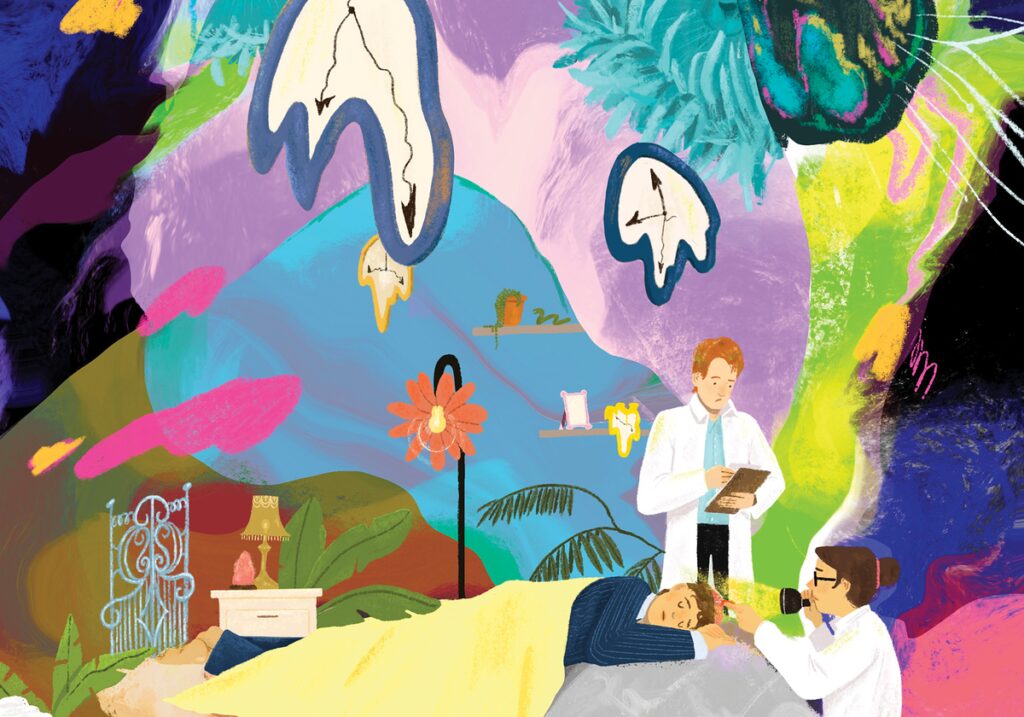Animation in video game development is essential for creating movement and bringing characters, objects, and environments to life. Animators play a critical role in the process, working closely with game designers, artists, and programmers to create animations that fit within the game’s narrative and mechanics. The animation process involves several stages, including concept art and storyboarding, character design and modeling, rigging, animation, integration, and testing. While video game animation can be a challenging field, advancements in technology such as virtual and augmented reality offer new opportunities for animators to create even more immersive experiences for players.
Animating for a Dream: Insights into the Artistic World of Video Game Development
Introduction
Video games have come a long way from the pixelated images of the early arcade games. Nowadays, video games are an immersive experience that can rival blockbuster movies. However, creating a video game from scratch involves a complex process that goes beyond just coding. In this article, we will explore the artistic side of video game development: animation.
What is Animation in Video Games?
Animation is the process of creating movement and bringing characters, objects, and environments to life in a video game. Animators use a combination of traditional hand-drawn techniques and computer software to bring their ideas to life. Animation is essential in video games to create a sense of immersion and realism. It helps the player connect with the story, characters, and environments of the game.
The Role of Animators in Video Game Development
Animators play a critical role in video game development. They work closely with game designers, programmers, and artists to create animations that fit within the game’s narrative and mechanics. Animators are responsible for creating characters, objects, and environments that move realistically and interact with the player. They also work on cutscenes, which are pre-rendered movies that play during significant plot points in the game.
The Animation Process
The animation process involves several stages, each with its specific tasks and challenges. Here is a broad overview of the steps involved in creating animations for video games:
Concept Art and Storyboarding
Before animators can start animating, they need to visualize the characters, objects, and environments they will be animating. This is where concept art and storyboarding come in. Concept artists create sketches of characters and environments based on the game’s design document. Storyboarding then takes these ideas and creates panels that show the sequence of events in a particular scene or part of the game.
Character Design and Modeling
Once animators have a clear idea of what they will be animating, they need to create the characters and objects using 3D modeling software. This involves creating a 3D model of each character and its surroundings, which can take a considerable amount of time and skill.
Rigging
Once the characters and objects are modeled, they need to be rigged. Rigging is the process of attaching a skeleton-like structure to characters that allows them to move. Think of this like a puppet; the skeleton moves, and the character moves with it. This process also involves assigning controls to the skeleton, allowing animators to manipulate the character’s movements.
Animation
This is where the real magic happens. Animators use a combination of keyframe animation and motion capture to create realistic movement in characters, objects, and environments. Keyframe animation involves animators setting specific poses at specific points in time, while motion capture involves recording real-world actors performing the movements that the animators can then use for their characters.
Integration and Testing
After the animations have been created, they need to be integrated into the game engine and tested. Animators need to make sure that the animations work smoothly with the game’s mechanics and that they do not cause any major bugs or glitches.
Challenges and Opportunities in Video Game Animation
Video game animation can be a challenging and rewarding field. It requires a combination of artistic talent, technical skills, and creativity. Some of the common challenges animators face include creating realistic movements, working within tight deadlines, and dealing with technical limitations. However, animators also have the opportunity to create memorable characters and environments that players will remember for years to come.
The Future of Video Game Animation
The video game industry is constantly evolving, and so is the field of animation. With advancements in technology such as virtual reality and augmented reality, animators have new opportunities to create even more immersive experiences for players. The future of video game animation is also likely to be influenced by the growing demand for more diverse and realistic characters and environments.
Conclusion
Animation is an essential part of video game development, and animators play a crucial role in bringing gaming worlds to life. While the process of creating animations can be a complex and challenging one, the results can be truly astonishing. As the video game industry continues to grow, the demand for talented animators is likely to increase. Animators who can combine technical skills with artistic talent and creativity will have exciting opportunities to shape the future of gaming.
